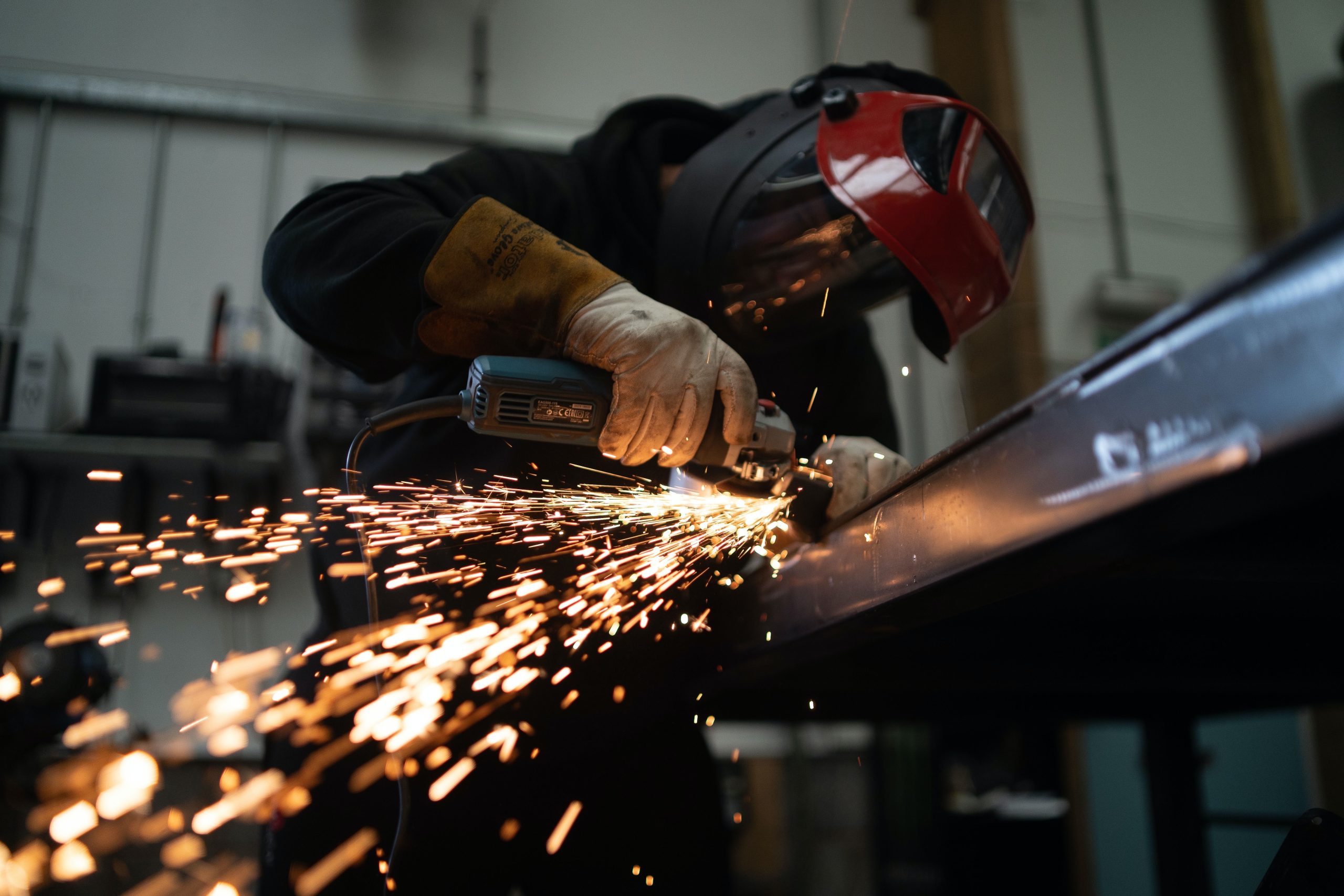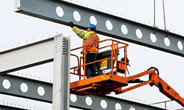Economy

Durable Goods Exceeded Expectations in October
Written by David Schollaert
November 28, 2022
New orders for US-manufactured durable goods rose in October to a seasonally adjusted $277.4 billion. That figure has risen for seven out of the last eight months. Shipments picked up as well last month despite persistent inflation and global economic instability.
Last month’s bookings for durable goods were up roughly 1%, or $2.8 billion more month-on-month (MoM)—ahead of a consensus expected gain of 0.4%, according to the US Census Bureau. Figures are not adjusted for inflation.
Orders for big-ticket, US-made goods were helped by aircraft and autos. But excluding transportation, new orders decreased by 0.5%.
Transportation equipment, which has increased six of the last seven months, was up $2 billion, or 2.1%, to $97.8 billion, the government data showed.
Shipments of manufactured durable goods, up 16 of the last 17 months, rose 0.4% to $275.4 billion. That’s after a 0.3%-increase in September. Machinery, up 19 of the last 20 months, led the increase in that category. It was up $0.5 billion, or 1.3%, to $38.9 billion.
Click here for more detail on the October advance report from the US Census Bureau on durable goods manufacturers’ shipments, inventories, and orders. See also Figure 1 below.

Revised and Recently Benchmarked September Data
Revised seasonally adjusted September figures for all manufacturing industries were as follows: new orders, $551.0 billion (unchanged from $551.0 billion); shipments, $550.8 billion (revised from $550.3 billion); unfilled orders, $1,137.3 billion (revised from $1,137.8 billion), and total inventories, $801.2 billion (revised from $801.6 billion).
By David Schollaert, David@SteelMarketUpdate.com

David Schollaert
Read more from David SchollaertLatest in Economy

New York state manufacturing index drops again in April
Firms were pessimistic, with the future general business conditions index falling to its second lowest reading in the more than 20-year history of the survey

Construction adds 13,000 jobs in March
The construction sector added 13,000 jobs, seasonally adjusted, in March, but tariffs could undermine the industry.

Supply chains, end-users brace for impact from tariffs
Supply chains are working through what the tariffs mean for them

ISM: Manufacturing expansion loses steam after two months of growth
US manufacturing activity slowed in March after two straight months of expansion, according to supply executives contributing to the Institute for Supply Management (ISM)’s latest report.

Chicago Business Barometer rose to 16-month high in March
The Chicago Business Barometer increased for the third-consecutive month in March. Despite this, it still reflects contracting business conditions, as it has since December 2023.
